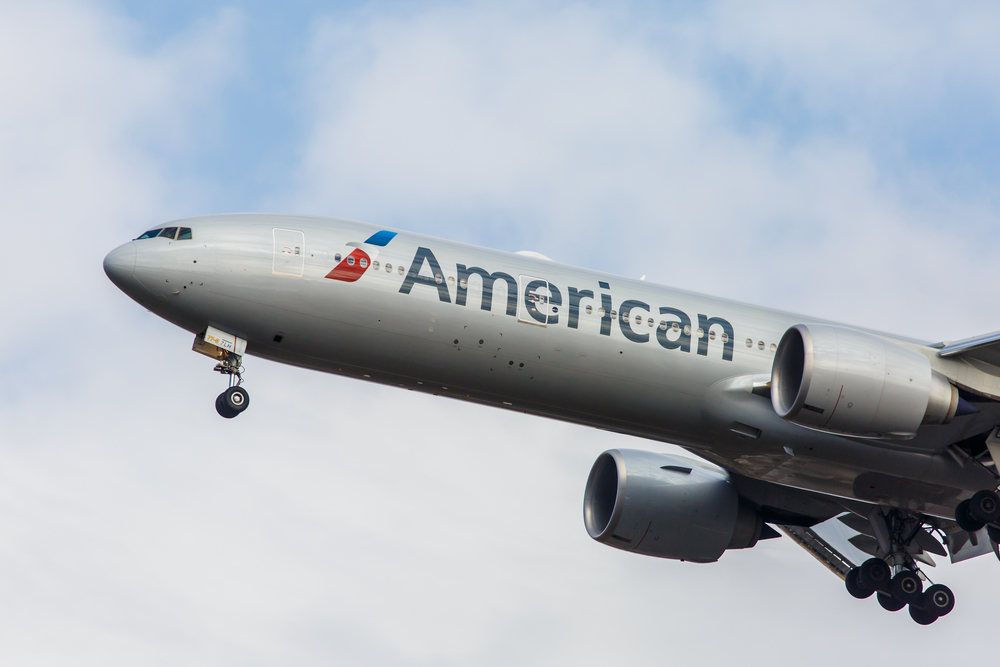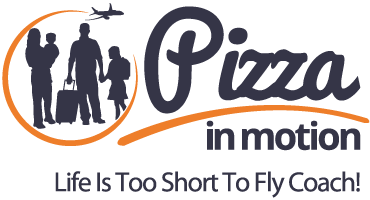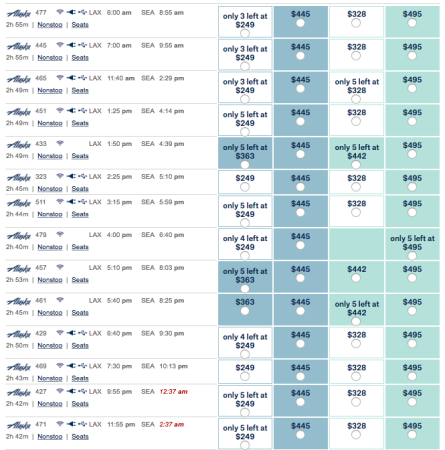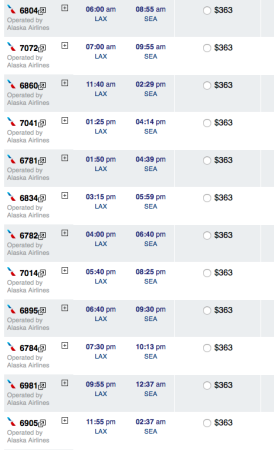An American Airlines Change I Really Don’t Agree With

It’s been a tough couple of weeks if you’re a big fan of American Airlines and their AAdvantage program. I am a big fan and there’s been nothing I “love” in the changes.
I like the short mileage awards they’re adding, but they definitely don’t outweigh losing 4 systemwide upgrades (SWUs) every year as an EXP. But, one change I noticed after the fact has me both disappointed and puzzled. It’s how they’re addressing partner earning.
I don’t think I’m quite surprised, given the changes they announced to earning on British Airways not too long ago. And, I didn’t really wrap my arms around the change completely as I was writing my summary on the changes. It wasn’t until a few hours later that I read what Ben had to say at One Mile at a Time.
American Airlines is essentially making it harder to earn status through flights on their partners. Things stay the same if you’re flying on the AA codeshare version of a partner flight (where it’s marketed by AA but operated by a partner). But, for flights on a partner where there’s either no codeshare or you book directly with the partner, most economy fares will earn less elite-qualifying miles (EQMs). Let’s use Alaska Airlines as an example, since I fly them at least a handful of times every year.
Right now, only a handful of fare buckets on Alaska earn you .5 EQMs per mile instead of 1 EQM (G, K, L, T and V). But, starting on January 1st, 2016, it’s essentially everything that’s not full-fare coach:
At first blush, you might be thinking, “Hey, that doesn’t seem too bad. I’ll just book the AA codeshare.” There are a few problems with that. I picked LAX-SEA, a route that AA hasn’t flown nonstop in as long as I can recall to illustrate. Here are the flights Alaska offers this Friday one-way from LAX to SEA:
You’ll see a grand total of 14 flights. And, what’s AA selling?
Only 12. This is something I’ve seen commonly on this route and a few others. American offers a codeshare on most of the flights, but not all. So, if you’re booking a connecting itinerary, you may not actually get the most efficient connection time. For example, instead of being able to grab the 2:25 pm departure, you’ll have to wait until 3:15 pm. I’m still not entirely sure why AA doesn’t codeshare on all the flights for this route.
Let’s say you just want to buy the 2:25 pm on your own as your connection from somewhere else AA flies so you can get to your destination quicker. Since Alaska isn’t a part of oneworld, I don’t believe they’re compelled to accommodate you in cases where the AA flight is delayed and you miss your connection. But, even if all goes smoothly, you’ll end up earning half as many EQMs on many of the fares you can buy from Alaska by booking directly with them.
If you want the AA codeshare flight, you’re paying over $100 more for the privilege of doing so. That’s a pretty price to pay to pick up another 475-ish EQMs (LAX-SEA is listed at 954 miles).
And, on certain routes (SEA-LAS and vice versa), AA doesn’t appear to slap their code on any Alaska flights. That eliminates the option of earning full EQMs on anything other than full-fare coach. I’m not sure why AA doesn’t codeshare on those flights, but you’ve got to think they’d prefer to see someone book on Alaska and get some sort of economic benefit than fly Delta nonstop on the same route. It would seem their desire to ship people from SEA through LAX to Las Vegas outweighs the reasons to codeshare with Alaska on SEA-LAS. I guess maybe the argument is they think travelers concerned about EQMs will book the Alaska flight anyways because they’re getting something.
I’m disappointed because these sorts of changes just make it that much harder for the average traveler to figure out how to earn EQMs on partner flights. I’m puzzled (thought not a lot) because if it’s tougher for folks to figure out how to qualify for status that’s bad for the airline as well. Elite status is the glue that keeps travelers with a wandering eye from fraternizing with a competitor.
This isn’t devastating for me but it will be devastating for some. Though there was a time I was willing to take crazy routings to earn maximum EQMs, the time with my family is generally more valuable unless it’s the end of the year and means the difference in qualifying for EXP or not. But, for some who rely more heavily on partners to qualify, this is just another hurdle.




I’m reminded of the Lewis Gizzard book, “Elvis Is Dead and I Don’t Feel So Good Myself.” 🙂 These programs aren’t “dead” by any means, but suffice it to say it’s a brave new world.
Marshall, it’s definitely a brave new world. We’ll have to come up with new charts to navigate.